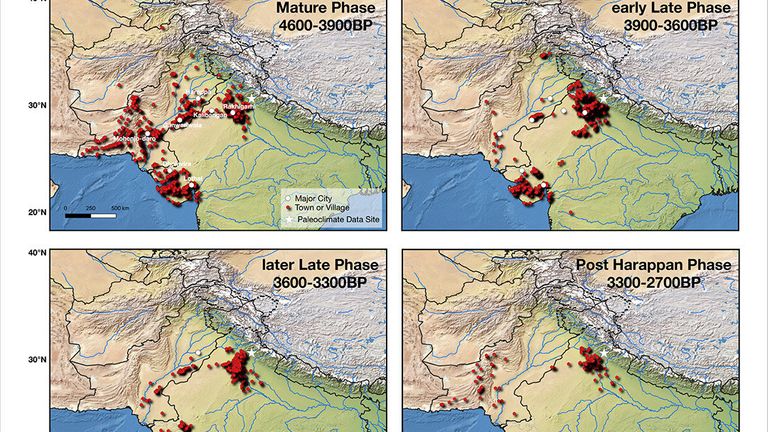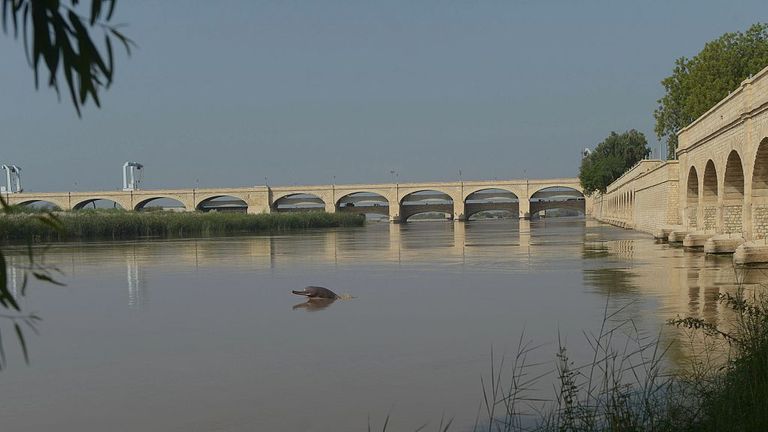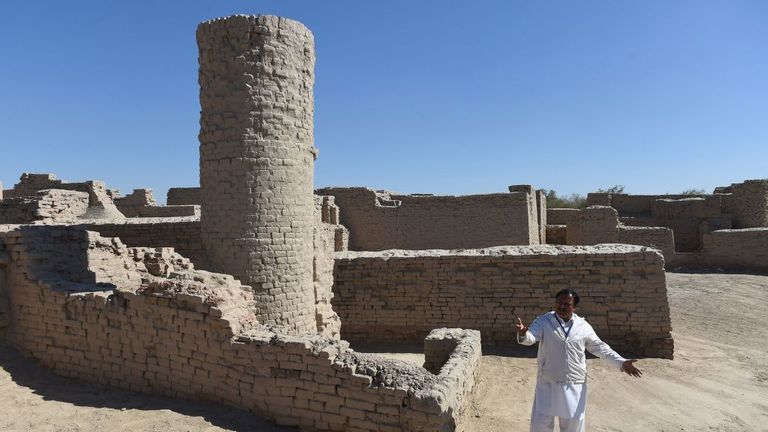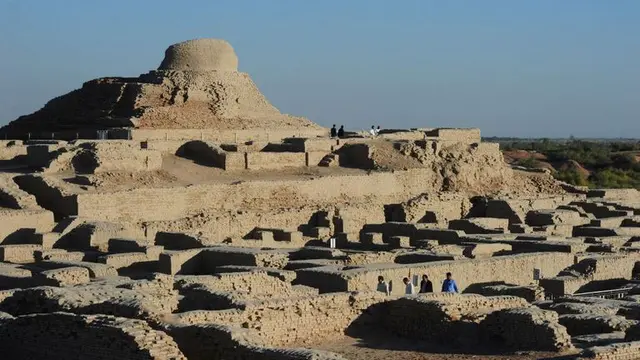Climate change caused the rise and fall of the ancient Indus Valley Civilisation, according to a new mathematical model of monsoon patterns.
The civilisation existed in the basins of the Indus River - spanning modern day northeast Afghanistan, most of Pakistan and northwestern India - and was contemporaneous with ancient Egypt and Mesopotamia.
It lasted for around 2000 years, until 1300 BC, are there are many competing hypotheses for its decline.

Image:Settlements of the civilisation. Pic: RIT
Dr Nishant Malik, from the Rochester Institute of Technology in New York state, has come up with a new theory by developing a mathematical model of monsoon rainfall in the region over the past 5,700 years.
His model applied dynamical systems theory to paleoclimate data - for instance data on rainfall based on the presence of a particular isotope in stalagmites in a cave.
He has provided mathematical proof that the Indus Valley Civilisation flourished inbetween two major shifts in monsoon patterns.

Image:The Indus River runs through much of modern day Pakistan
Just before the dawn of the civilisation, the rainfall pattern changed and provided the critical conditions necessary to sustain human life and nurture it.
However, these monsoon dynamics eventually changed again, indicating a relationship with climate change and the decline of the civilisation.
Other theories explaining the civilisation's decline have suggested it was shattered by earthquakes or by an invasion of nomadic Indo-Aryans.
For its time, it was a remarkably advanced.

Image:Mohenjo-Daro had sewage systems thousands of years before London
It included the city of Mohenjo-Daro, meaning the "Mound of the Dead Men", which was built around 2,500 BC and only rediscovered in the 1920s.
Archaeological investigations of its cities have uncovered evidence of urban planning and the world's first known urban sanitation systems.
The first hydraulic engineering innovations were discovered there and sewage was disposed through underground drains connected to individual houses - something which didn't happen in London until the 19th century.
 简体中文
简体中文

